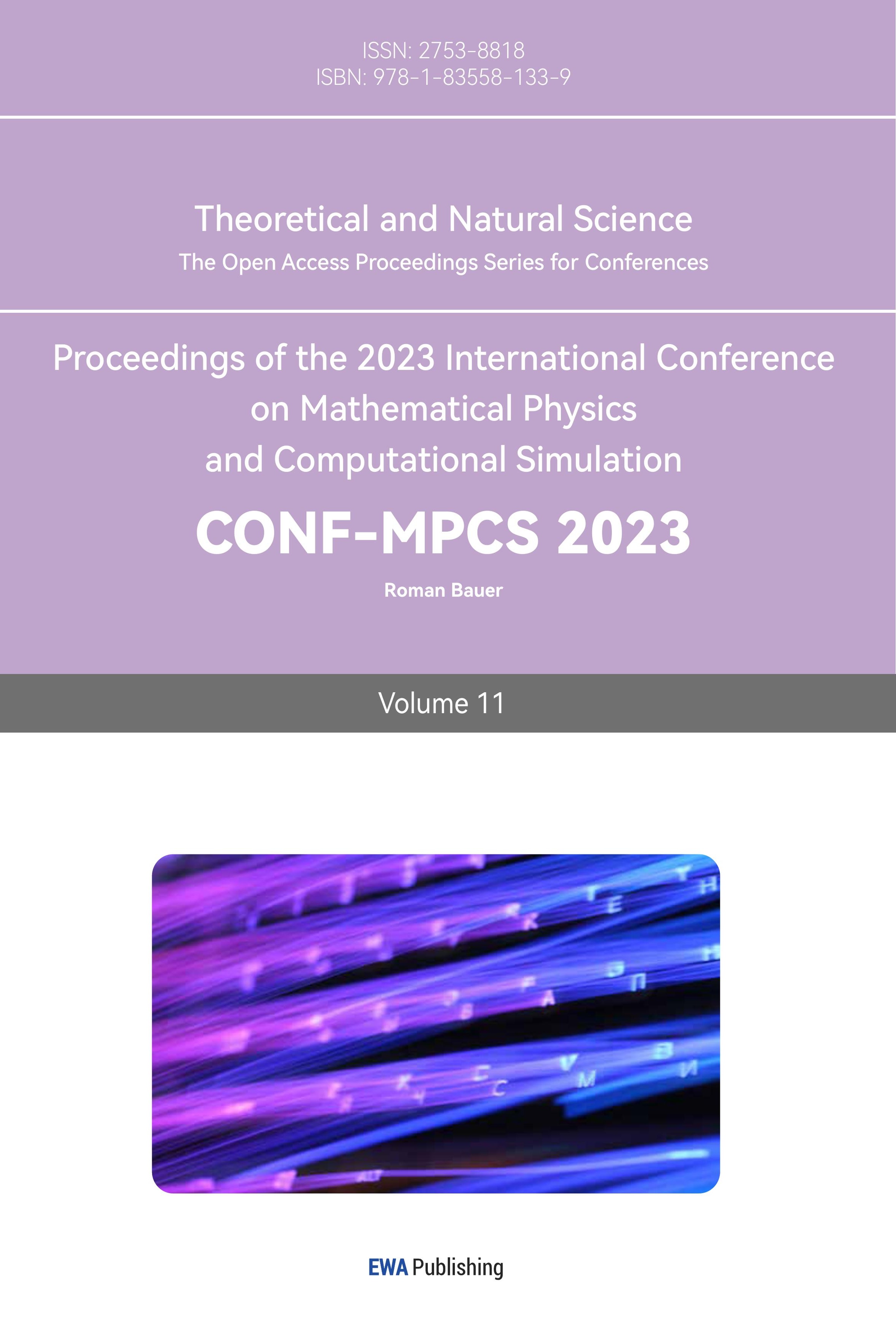References
[1]. Dorfman R 1984 The discovery of linear programming. Annals of the History of Computing 6(3) 283-295.
[2]. Shamir R 1987 The efficiency of the simplex method: a survey. Management science 33(3) 301-334.
[3]. Nash J C 2000 The (Dantzig) simplex method for linear programming. Computing in Science & Engineering 2(1) 29-31.
[4]. Williams, H. Paul. "Duality in mathematics and linear and integer programming." Journal of Optimization Theory and Applications 90 (1996): 257-278.
[5]. Komodakis N, Jean-Christophe P 2015 Playing with duality: An overview of recent primal? dual approaches for solving large-scale optimization problems. IEEE Signal Processing Magazine 32(6) 31-54.
[6]. Akpan N P, Iwok I A 2016 Application of linear programming for optimal use of raw materials in bakery. International journal of mathematics and statistics invention 4(8) 51-57.
[7]. Oberman A M, Ruan Y L 2015 An efficient linear programming method for optimal transportation. Cornell University Numerical Analysis. arXiv preprint arXiv:1509.03668.
[8]. Alotaibi A, Farrukh N 2021 A Review of Applications of Linear Programming to Optimize Agricultural Solutions. International Journal of Information Engineering & Electronic Business 13(2).
[9]. Cantwell G L 2003 Can two person zero sum game theory improve military decision-making course of action selection. Army Command and General Staff Coll Fort Leavenworth Ks School of Advanced Military Studies.
[10]. Aplak H, Mehmet K, Erkan K 2014 A two person zero sum game oriented to integration of objectives. Journal of Military Studies 5(2) 65-85.
[11]. Adler I 2013 The equivalence of linear programs and zero-sum games. International Journal of Game Theory 42(1) 165.
Cite this article
Wang,X. (2023). Application of linear programming in two-player zero-sum games. Theoretical and Natural Science,11,239-245.
Data availability
The datasets used and/or analyzed during the current study will be available from the authors upon reasonable request.
Disclaimer/Publisher's Note
The statements, opinions and data contained in all publications are solely those of the individual author(s) and contributor(s) and not of EWA Publishing and/or the editor(s). EWA Publishing and/or the editor(s) disclaim responsibility for any injury to people or property resulting from any ideas, methods, instructions or products referred to in the content.
About volume
Volume title: Proceedings of the 2023 International Conference on Mathematical Physics and Computational Simulation
© 2024 by the author(s). Licensee EWA Publishing, Oxford, UK. This article is an open access article distributed under the terms and
conditions of the Creative Commons Attribution (CC BY) license. Authors who
publish this series agree to the following terms:
1. Authors retain copyright and grant the series right of first publication with the work simultaneously licensed under a Creative Commons
Attribution License that allows others to share the work with an acknowledgment of the work's authorship and initial publication in this
series.
2. Authors are able to enter into separate, additional contractual arrangements for the non-exclusive distribution of the series's published
version of the work (e.g., post it to an institutional repository or publish it in a book), with an acknowledgment of its initial
publication in this series.
3. Authors are permitted and encouraged to post their work online (e.g., in institutional repositories or on their website) prior to and
during the submission process, as it can lead to productive exchanges, as well as earlier and greater citation of published work (See
Open access policy for details).
References
[1]. Dorfman R 1984 The discovery of linear programming. Annals of the History of Computing 6(3) 283-295.
[2]. Shamir R 1987 The efficiency of the simplex method: a survey. Management science 33(3) 301-334.
[3]. Nash J C 2000 The (Dantzig) simplex method for linear programming. Computing in Science & Engineering 2(1) 29-31.
[4]. Williams, H. Paul. "Duality in mathematics and linear and integer programming." Journal of Optimization Theory and Applications 90 (1996): 257-278.
[5]. Komodakis N, Jean-Christophe P 2015 Playing with duality: An overview of recent primal? dual approaches for solving large-scale optimization problems. IEEE Signal Processing Magazine 32(6) 31-54.
[6]. Akpan N P, Iwok I A 2016 Application of linear programming for optimal use of raw materials in bakery. International journal of mathematics and statistics invention 4(8) 51-57.
[7]. Oberman A M, Ruan Y L 2015 An efficient linear programming method for optimal transportation. Cornell University Numerical Analysis. arXiv preprint arXiv:1509.03668.
[8]. Alotaibi A, Farrukh N 2021 A Review of Applications of Linear Programming to Optimize Agricultural Solutions. International Journal of Information Engineering & Electronic Business 13(2).
[9]. Cantwell G L 2003 Can two person zero sum game theory improve military decision-making course of action selection. Army Command and General Staff Coll Fort Leavenworth Ks School of Advanced Military Studies.
[10]. Aplak H, Mehmet K, Erkan K 2014 A two person zero sum game oriented to integration of objectives. Journal of Military Studies 5(2) 65-85.
[11]. Adler I 2013 The equivalence of linear programs and zero-sum games. International Journal of Game Theory 42(1) 165.









